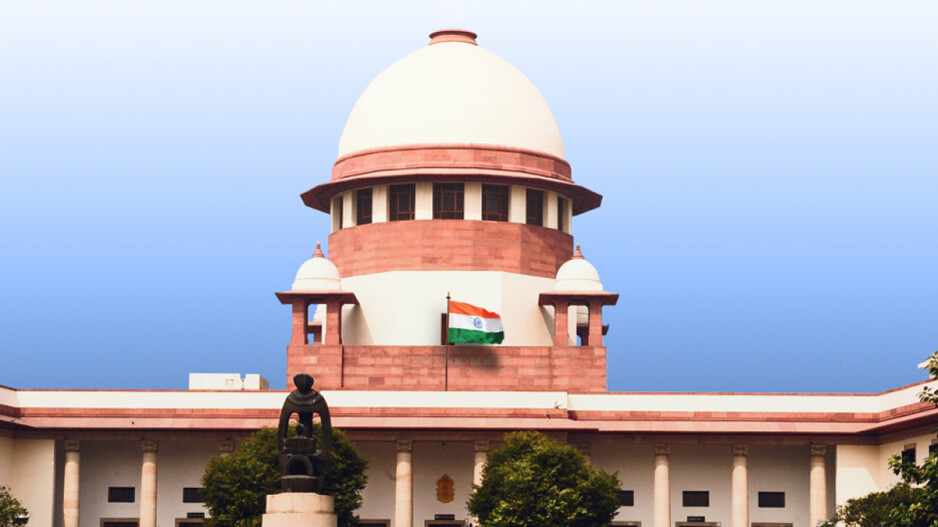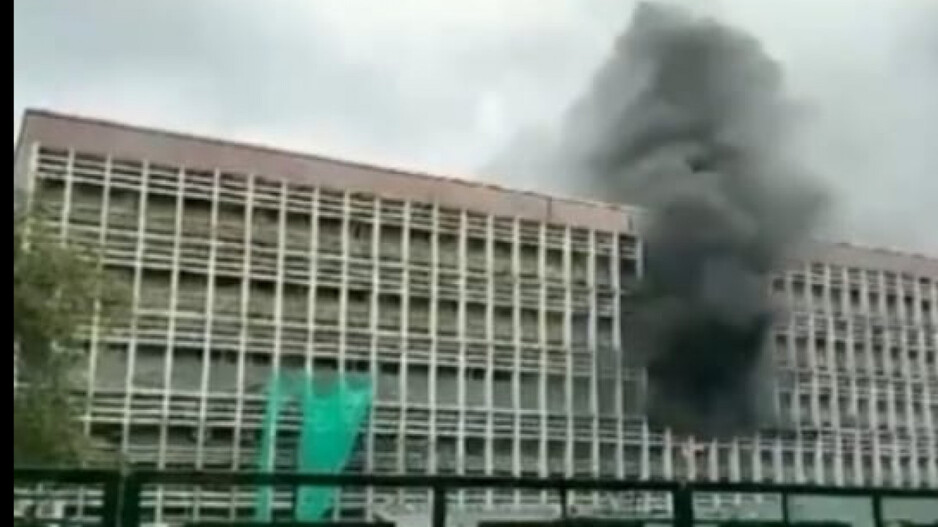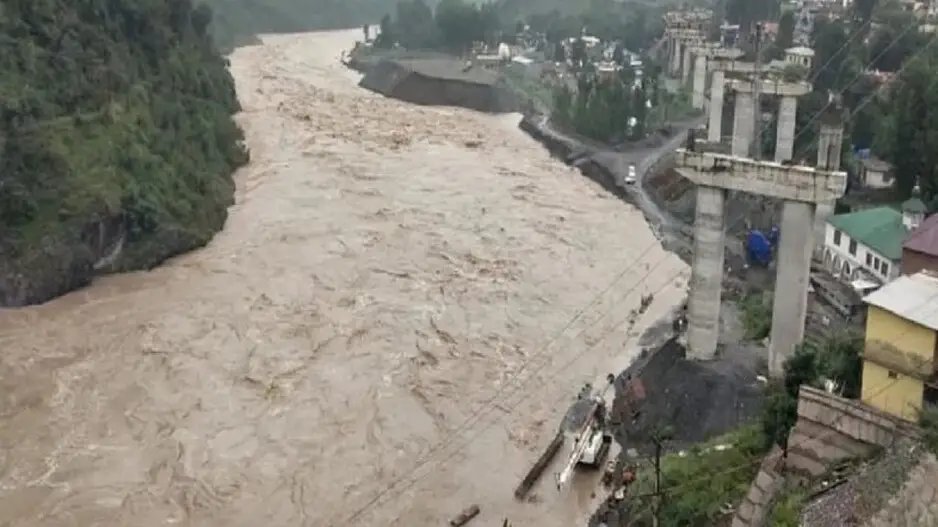/odishatv/media/post_attachments/uploadimage/library/16_9/16_9_0/recent_photo_1699103642.jpg)
Scientists warn of mega-Tsunami with capacity to submerge California, Seattle in minutes
Researchers are raising alarms over the possibility of a catastrophic Megatsunami striking the US Pacific Coast, triggered by a powerful earthquake along the Cascadia Subduction Zone (CSZ). This fault system, stretching about 600 miles from Northern California to Vancouver Island, stores immense tectonic pressure as the Juan de Fuca Plate slowly subducts beneath the North American Plate.
A study led by geoscientist Tina Dura from Virginia Tech estimates a 15% probability of a magnitude 8.0 or larger earthquake occurring along the CSZ within the next half-century. Their findings, published in the Proceedings of the National Academy of Sciences, warn that such an event could cause coastal land to sink by as much as 6.5 feet, drastically enlarging floodplains and unleashing tsunami waves hundreds of feet tall. The impact would endanger millions of residents, critical infrastructure, and sensitive ecosystems across the West Coast.
The CSZ is considered among the most dangerous fault lines in North America. Over centuries, tectonic strain accumulates as the oceanic plate is pushed under the continental plate. When this stress finally releases, it can trigger sudden subsidence along the coast, instantly reshaping shorelines and increasing vulnerability to flooding.
Historical records show that the last major CSZ earthquake struck in 1700, generating a tsunami that reached Japan. Scientists caution that if a similar rupture occurred today, the destruction would be on an entirely different scale due to higher population density and infrastructure along the coast.
Simulations run by Dura’s team suggest a large CSZ quake could produce a mega-tsunami with waves potentially up to 1,000 feet high, dwarfing typical tsunami heights of just a few feet. Coastal cities such as Seattle, Portland, and parts of northern California could be submerged within minutes of the Tsunami.
Bihar SIR row: Supreme Court directs EC to publish details of 65 lakh deleted voters with reasons

Fire breaks out at Delhi AIIMS, 10 fire tenders rush to spot

Massive cloudburst in J-K's Kishtwar; 20 killed, 98 rescued so far

SC order on stray dogs: Only 2% of human–street dog encounters show aggression: Report

/odishatv/media/agency_attachments/2025/07/18/2025-07-18t114635091z-640x480-otv-eng-sukant-rout-1-2025-07-18-17-16-35.png)

/odishatv/media/media_files/2025/09/22/advertise-with-us-2025-09-22-12-54-26.jpeg)